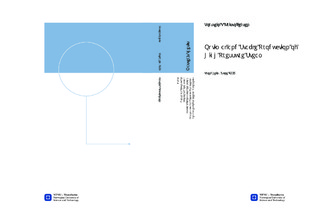| dc.description.abstract | Steam delivery networks are large energy consuming processes and an important source of energy in many processing plants. These networks are often subject to large disturbances, which can lead to costly operating periods due to lack of steam and heavily loaded boilers. Thus, there is a potential for stabilization and reduction of the energy consumption. The objective of this thesis is to stabilize a steam delivery network using a model predictive controller, and further minimize the energy consumption by incorporating an overlying optimization problem, that is an optimizer, on top of the model predictive controller. The controller and the optimizer developed in this thesis are applied to the steam delivery network at Statoil Kårstø, but the principles are applicable for any steam delivery network.A study of the steam delivery networks including its main components and control structure are performed. The study is based on real plant data and a dynamic simulator model. The network consists of eight boilers, in which all deliver high pressure steam into a common header. Steam is continuously drawn from the common header by various steam consumers before it is returned to the boilers as condensate. This behavior makes it easy to obtain step response models of the boilers by performing a step in their inputs, that is increase their combustion. These models are incorporated into the controller which is implemented using the SEPTIC application developed by Statoil. This controller optimizes the future response by solving a quadratic optimization problem, consisting of various weights and constraints on the considered variables in combination with the models of the system, at each control sample. The ideal values of this controller is calculated the optimizer, derived from the mass and energy balances of the steam delivery network. Two different optimizers are derived and considered, one which does not allow for a boiler shutdown, and the second which allows for a boiler shutdown. These are named conservative and strictly economical optimization, respectively. Three different case studies, with increasingly degrees of disturbances, are carried out to study the performance of the model predictive controller compared to the currently used PI control structure. Five additional case studies are performed to illustrate the potential and issues occurring by incorporating an optimizer. The results show improved performance and stability by including a model predictive controller and indicate a significant potential for reduction in both fuel consumption and CO 2 emissions by incorporating an optimizer. However, only the conservative optimizer proved to be robust against model errors and large disturbances. | nb_NO |

